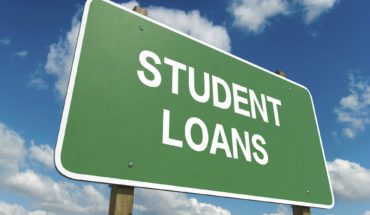In America, the average student loan debt for a college grad rested at $35,359 in 2019, a figure that experts predict will only continue to rise. Even if the dollar figure on your student loans is different, you’re probably familiar with the stress and worry that this debt can bring.
The idea of wiping out this debt entirely may seem like a fantasy, but student loan forgiveness makes it possible—provided you know how to get it. Here’s what you need to know about student loan forgiveness.
Student Loan Forgiveness Depends on the Loan
If you don’t know much about your loan providers or haven’t thought much about them while you were in school, it’s time to learn more. In general, it’s a good idea to keep on top of the latest changes to your federal student loan servicing, as even slight updates can make a difference.

You will have direct loans, Federal Perkins loans, Federal Family Education loans, or a combination of the three. Each one qualifies you for different loan forgiveness options, and student loan consolidation may alter those options. Take some time to understand where your loans have come from before you move forward.
Some Programs Offer Career-Based Student Loan Forgiveness
If you’re planning to go into certain industries, you might be in luck.
On a federal level, government and nonprofit employees can earn public service loan forgiveness. This is also true for nurses, military personnel, and teachers in low-income public schools. Note that these programs all have specific requirements to keep in mind.
On a state level, you might be able to take advantage of various other programs as well. Some states extend forgiveness to doctors, lawyers, or other professionals.
And while it isn’t exactly “loan forgiveness,” don’t forget that some companies are willing to pay off employee loans! This option may be a godsend if your current degree doesn’t qualify you for the career paths mentioned above.
You May Qualify for Income-Driven Loan Forgiveness
There are several income-driven repayment plans offered by the federal government. These plans are designed to help people who have high debt compared to their income. These plans let you cap your student loan payments based on that income, and they’ll also forgive your remaining loan balance after a period of 20-25 years.
Find Your Path to Student Loan Forgiveness
There are many paths to student loan forgiveness, though the details may seem overwhelming at first. Research your options to decide whether one of these paths is right for you, and take charge of your financial future. Don’t hesitate to reach out to an expert, or to your loan provider, to learn more about the loan relief options available to you.
If you’re looking for more ways to make the most of your money, or tips and insights to help you as you leave your university days behind, check out our other posts.




